Today, fire has been mastered to the point where it is no longer needed to cook, but the barbecue has not gone out of the style. The pit roast is still widely practiced for both exhibition and necessity. Even the open flame has made a comeback as a rugged spin on cooking. The fact that we have options is the clearest indication of humanity’s strides. Does the induction oven, in all its stiff logic and scientific balance, represent the most advanced way to cook? Perhaps, but does the open fire roast also tug on some deep inlaid primordial instinct? After a few thousand years of trial and error, humanity has conquered fire. It has long been a vehicle for humankind’s perpetuation as it’s furthered the ways in which we can eat. Because of the mastery of fire, humanity figured out numerous ways to cook. And so, we have lumbered forward into modernity.
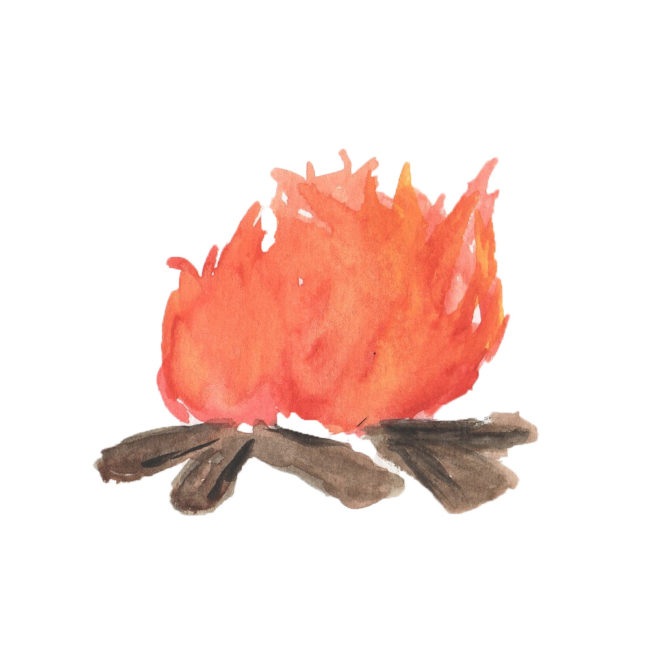
Fire’s Peculiar Past
Lower Paleolithic Era (up to 3.4 million years ago)
Perhaps the greatest mystery of our culinary history is the Wonderwerk Cave site in South Africa’s Northern Cape province. Wonderwerk contains what some archaeologists argue is the earliest evidence human-controlled fire. Thirty meters down into a cave—one rich with primitive rock art and other indications of our ancestors—lies a tiny bit of ash. Those specks of million-year-old soot suggest cooking was sparked long before we originally thought. In Afrikaans, Wonderwerk means “miracle,” and the evidence of controlled fire suggests such a thing happened inside of that cave.
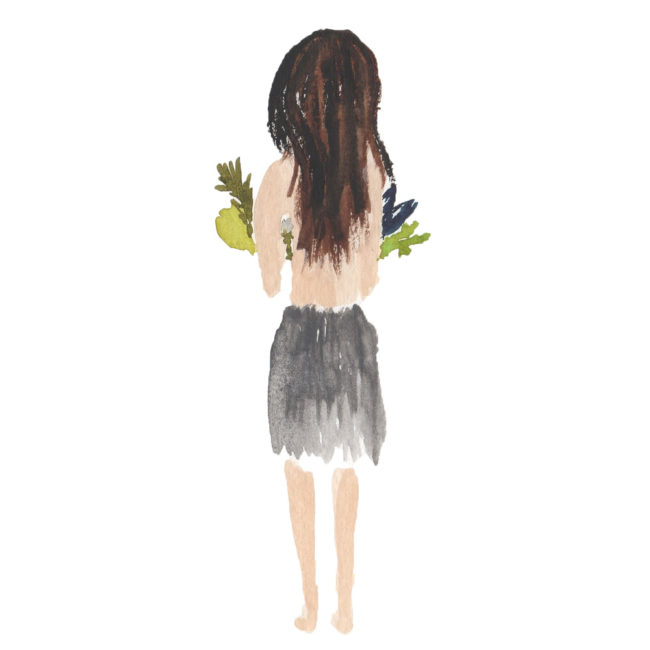
Pit Fire Roasting with the First Cooks
Upper Paleolithic Era (50,000-10,000 years ago)
Like any advancement, the act of cooking started with something very basic: fire. (And cooking likely began with the recognition of fire’s possibilities and limitations.) Hunter-gatherers roamed the unforgiving countryside in small packs to forage plants and kill wild animals. Once humans added controlled fire to the aforementioned activities about about 400,000 years ago, the ability to survive changed altogether. This brings us to the cooking flame of our far-gone ancestors—not built upon a burning tree limb, but above a small pit. During the Paleolithic Era (Old Stone Age), hunter-gatherers used rudimentary pit roasts to cook freshly killed game—which, in Pleistocene megafauna terms, included giant bison and mammoths. Because humans had the ability to produce fire, to dig and fill shallow pits with stone to control it, we were uniquely positioned to continue on as a species.
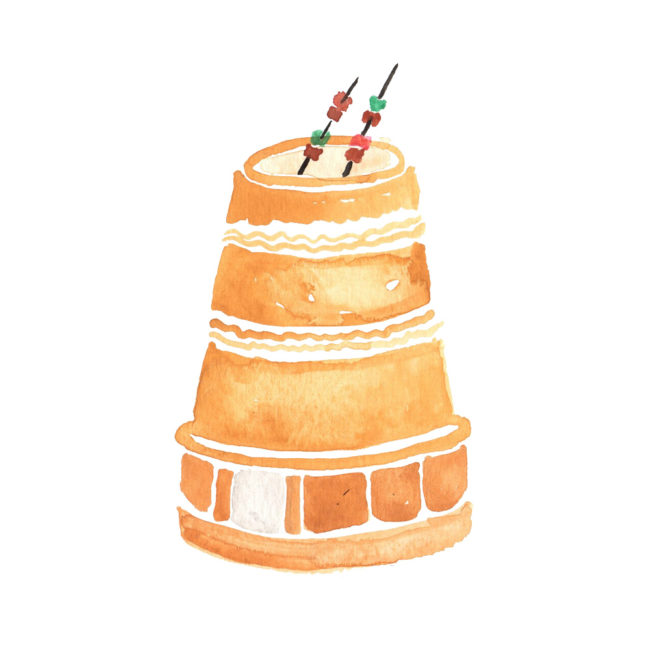
Fire Buried in the Earthen Oven
Bronze Age (3000 BC – 1300 BC)
The earthen oven (or earth oven) brought fire below the surface. A modernized version of very traditional style of cooking can be found across the world today with the tandoor.
Evidence of a tandoor-like structure dating back to 3000 BC was traced to the Harappa civilizations of the Indus Valley. It is also said that the tandoor was invented by the Persians and found its way to the Indus Valley region via migratory trade networks. What was eventually born of these two cultures was a wide pit lined with clay—the earthen oven-style tandoor. This cylindrical oven allowed for heat to radiate from the flame and fire the clay walls around it; as a result, the interior of the tandoor would maintain a high temperature for hours.
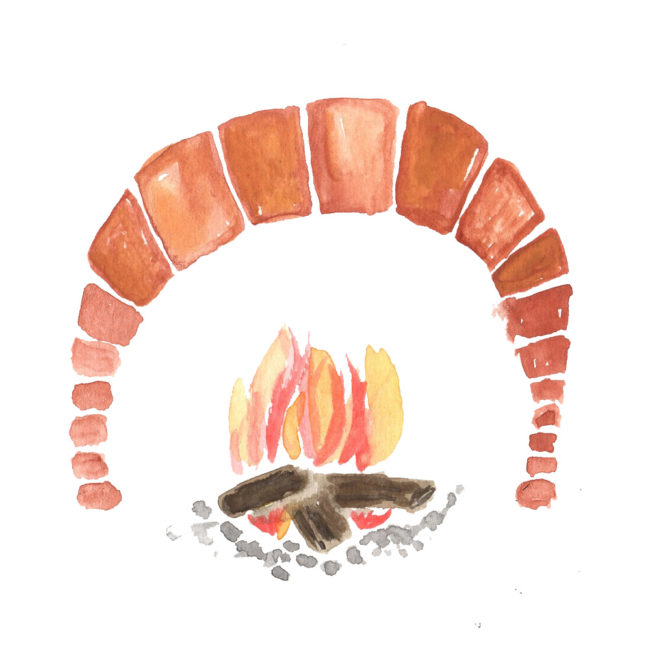
A Hearth Inside a Home
Iron Age (1300 BC – 700 AD)
The hearth, a stone and brick-lined fireplace, is a multifaceted tool that dates back to the late Iron Age period. During this time, small agricultural communities were developing in which homes were a necessity, and along with them, the need for indoor cooking. These early dwellings typically had an open hearth as the warm center of an otherwise dank, cramped interior. It functioned twofold: inhabitants would find warmth from the elements, as well as the ability to prepare a hearty meal inside their home. The earthenware pot, later replaced by the hammered bronze cauldron, was suspended above the open flame to cook a range of grain-based foods. A stew, for example—perhaps made from barley and mutton—could be kept longer in a pot. With the hearth, it could it be reheated over time. The phrase “keep the home fires burning” was coined as the flame—as much as the farm—was key to preserving life.
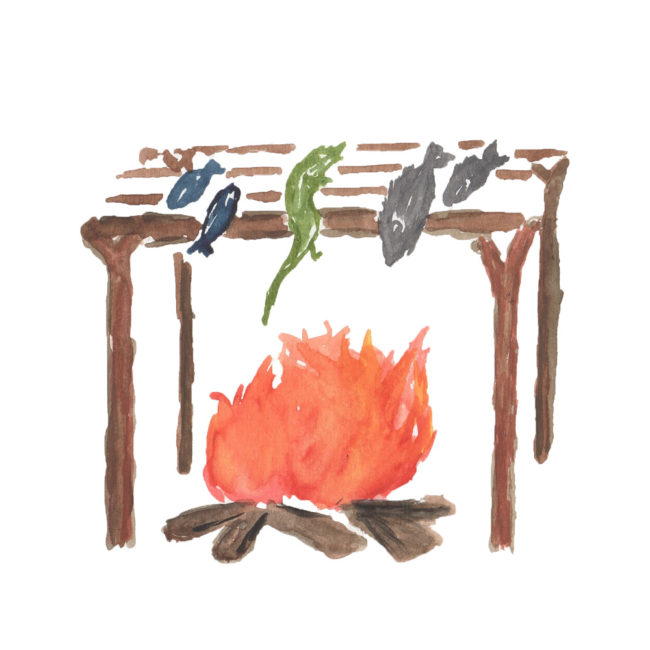
Wonders of Barbecue
Renaissance Period (16th Century)
As lore goes, the Taino people of the West Indies and Caribbean islands had a word (barabicoa) that sounded similar to “barbacoa” to describe a large wooden rack, often used to suspend food above a fire pit. In the early 1500s, the Spanish explorers who came to conquer these islands loved this style of cooking and brought the word with them back to mainland Europe. Barbacoa was soon associated with the large wooden rack that was used to roast food above an open flame. These meals were typically not beef or pork-based, as these animals were not native to region. The conquistadors brought with them livestock—mainly goats, hogs, chickens, and eventually cattle.
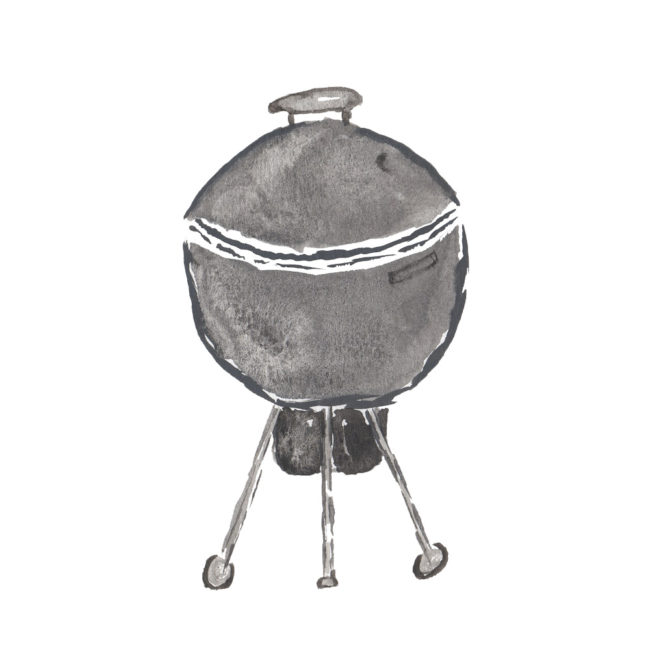
The Grill is Mobilized
20th Century
During the post-World War II manufacturing boom, backyard barbecuing was considered the pinnacle of the human-fire cooking relationship. The kettle grill allowed the avid barbecuer mobility. They could grill wherever the ballgame was playing, or wherever the birthday party was taking place.
The first prototype of this kettle grill was seen in 1952. An employee at Chicago-based Weber Brothers Metal Works named George Stephen Sr. had an idea for a dome grill with a ventilated lid. Luckily, Weber Brothers manufactured buoys, so Stephen cut one in half and punched a few ventilator holes in the lid. The result of the experiment became the newest trend in outdoor cooking.
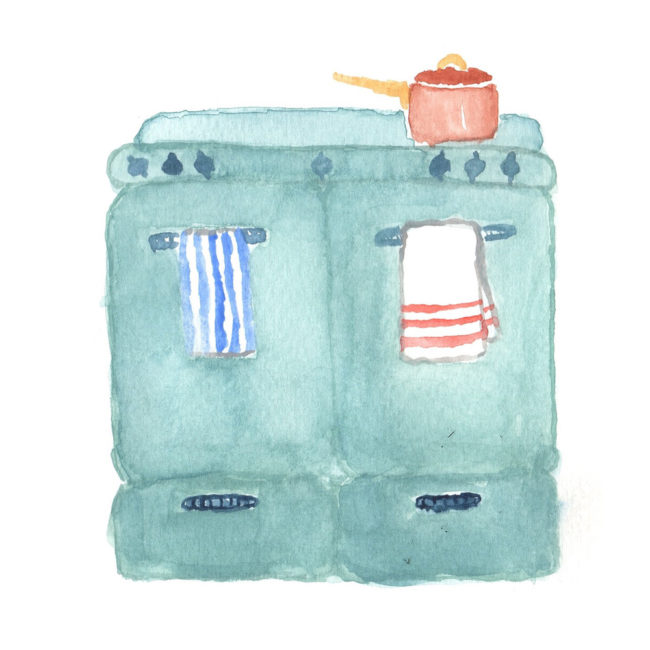
Tomorrow’s Kitchen
21st Century and Beyond
The concept of modern cooking may just be a complete removal of fire from the kitchen—a novel description that may seem like the “kitchen of tomorrow.” But tomorrow’s kitchen does exist today. It it is filled with induction cookers harnessing an electromagnetic field that runs through a tightly coiled metal wire to create a circular current in lieu of flame.
Illustrations by Hayley Collins Feldman

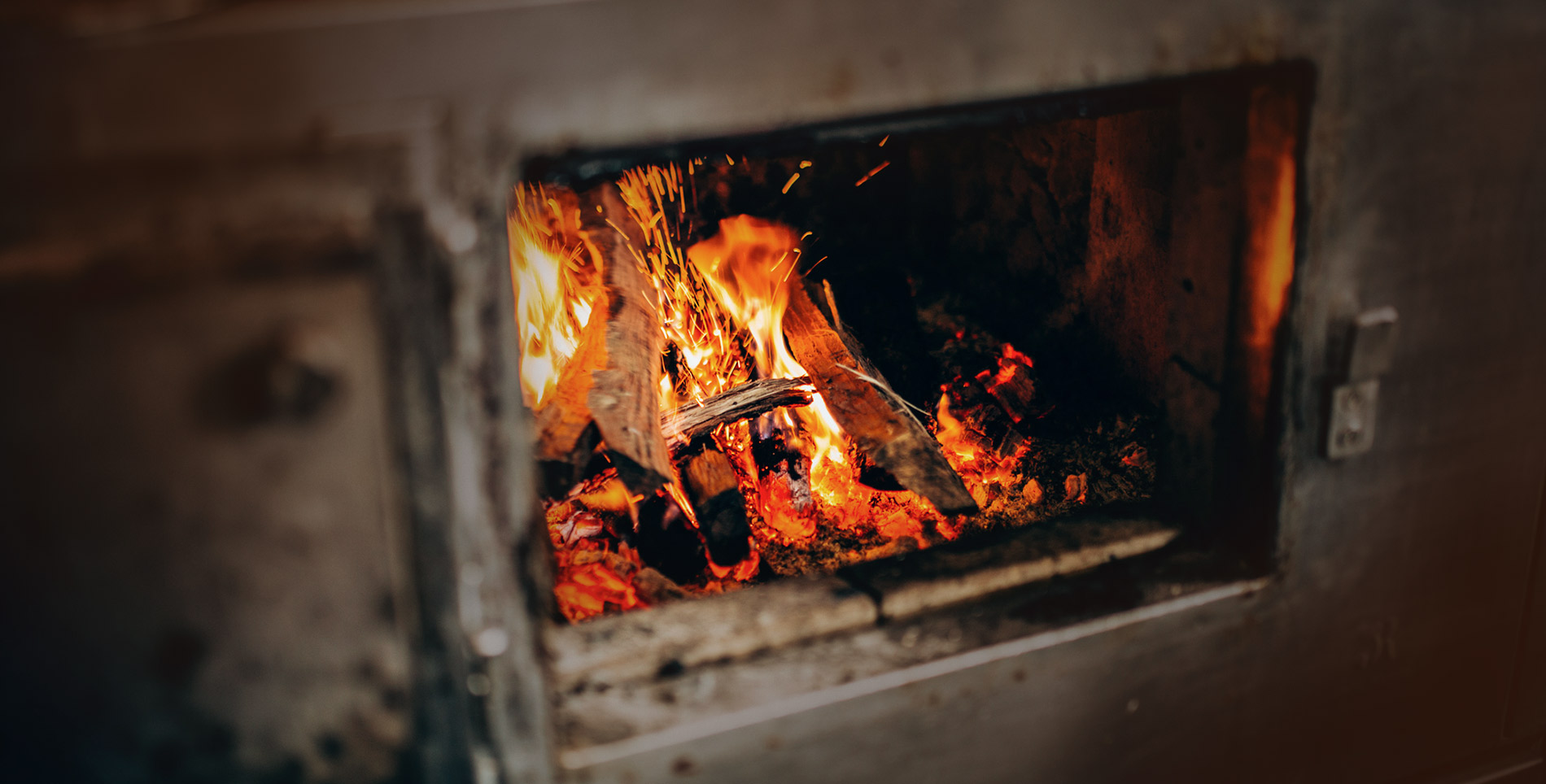

Our comments section is for members only.
Join today to gain exclusive access.